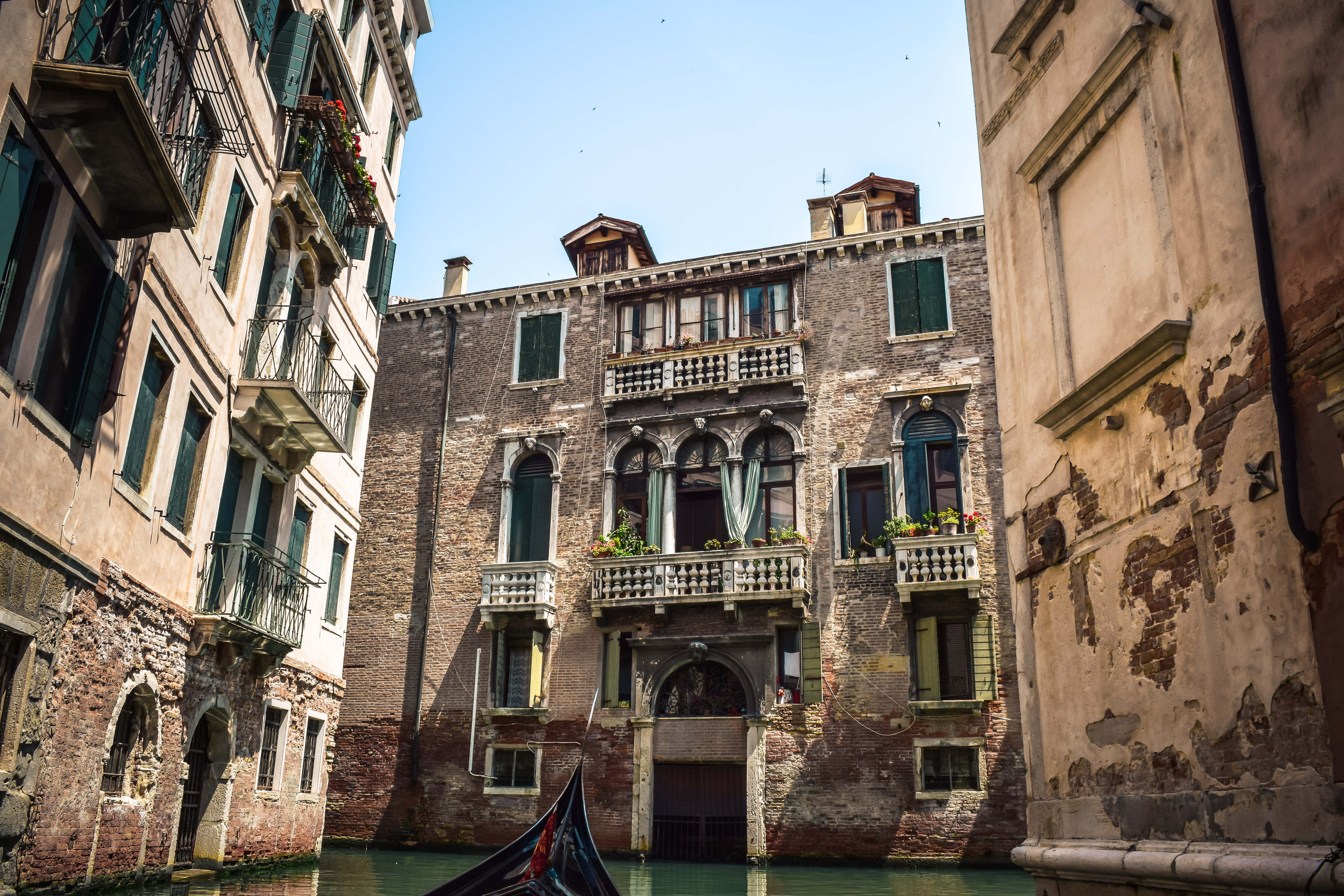
Let’s get the balcony bad news out of the way to begin with. History’s most famous balcony (Juliet’s) in history’s most famous play (Romeo and Juliet) by history’s most famous writer (William Shakespeare) never existed. Shakespeare wouldn’t have even known what a balcony was for not only was there no mention of one in the original script, but the word didn’t even appear in the Oxford Dictionary (known as a ‘balcone’ back then) until 1618—two years after the great Bard’s death.
The famous scene that we think we all know from that great, tragic romance actually made its debut nearly a century later in Thomas Otway’s play, The History and Fall of Caius, a work that riffed so heavily on themes from Romeo and Juliet that it even lifted the legendary ‘O wherefore art thou? line outright (copyright laws were far slacker in the seventeenth century, and even Shakespeare had been known to pinch the odd idea or two, too). Lois Leveen, historian and author of Juliet’s Nurse, says that people of that era would even have been more familiar with Otway’s play than Shakespeare’s. “Shakespeare wasn’t studied in schools, and print copies of the play remained relatively rare—and expensive,” she writes for The Atlantic. “The current perception of Shakespeare, particularly Romeo and Juliet, as ubiquitous cultural capital is the product of effort that only began in the middle of the 18th century.” Over time, adaptations of both plays merged with the balcony scene finding its way into Shakespeare’s play—along with the global consciousness.

As well as there being a balcony style dedicated to her, there’s the actual ‘Juliet’s Balcony’ in Verona—the setting for the Shakespeare’s play—even though his heroine was not based on a real person and the balcony itself wasn’t built until the 20th century (though the house was built in the 1200s). Nonetheless, it’s a significant tourist draw whose walls are drenched in romantic graffiti.
Balconies have graced building walls since at least the times of Ancient Greece where they were used to allow cooling breezes and natural light to enter large stone buildings, and the Romans continued the trend. Earlier this year, archaeologists at Pompeii—the Italian city buried by the 79 AD eruption of Mount Vesuvius—discovered an entire street of houses with their balconies not only intact, but some with terra cotta vases that would have been used to store oil and wine.

According to the Victorian French architect and historian Eugène Emmanuel Viollet-le-Duc, balconies came to prominence during the 11th century for the very functional reason of warfare. External wooden balcony-like scaffolding known as ‘hourdage’ was affixed to the upper reaches of castle walls prior to—or even sometimes during—battle to protect the bodies of soldiers while allowing them to rain rocks, arrows and manure on their foes below.
Balconies have also traditionally served ceremonial and celebratory purposes, a site from which stars and dignitaries can greet adoring crowds and bask in their adulation—think popes and US presidents and Argentinian First Lady, Eva Perón. Perhaps the most well-known contemporary example is the balcony at Buckingham Palace, from where the royals have overseen national celebrations such as jubilees and trooping the colour as well as being the place where Catherine and William shared their first public kiss. (Royalist Shakespeare would likely have most certainly approved.) The tradition of the British royal family appearing at the balcony of Buckingham Palace began when Queen Victoria used it during the opening celebrations of the Great Exhibition in 1851. Seven years later, her daughter, Princess Victoria, appeared there following her wedding and so the custom continues today. Any member of the royal family is allowed to make an appearance, with the only rule being ‘no ring, no bring’—meaning boyfriends and girlfriends are strictly forbidden.






